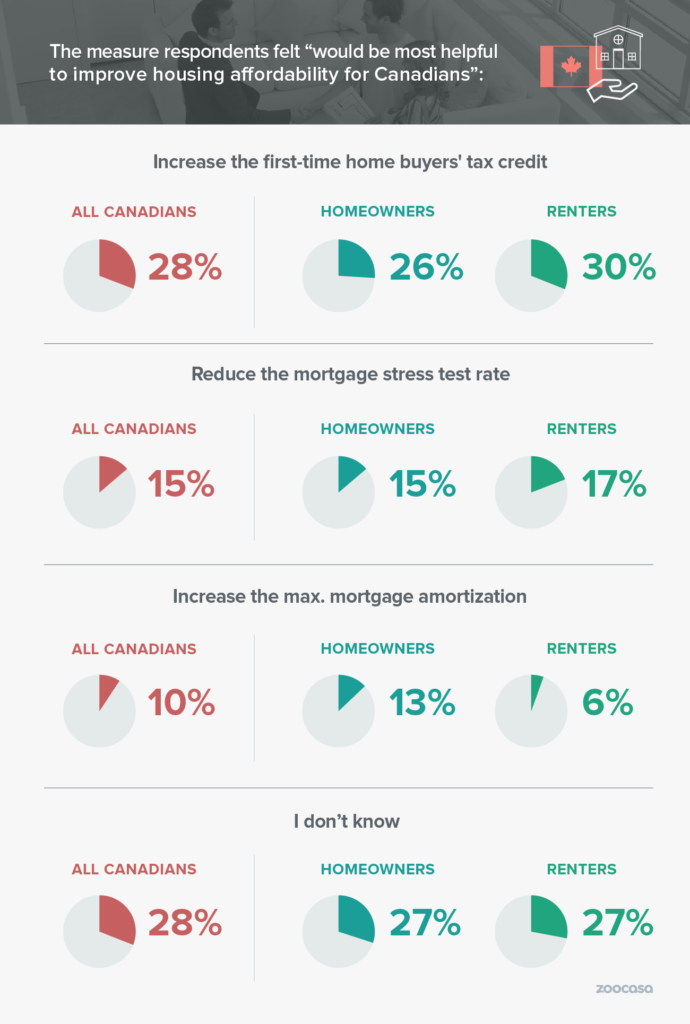By Elena Hanson
Special to the Financial Independence Hub
On December 22, 2017, the largest U.S. tax reform in over 30 years was signed into law by U.S. President Donald Trump. The new law brought with it several important changes that affect individual taxpayers who are going through, or have gone through, a divorce. As if divorce isn’t already costly enough!
Prior to the 2017 Tax Reform Act, Section 215 of the U.S. Internal Revenue Code allowed individual taxpayers to claim alimony payments as a legitimate deduction. The deduction was permitted because section 71(a) of the IRC required the recipient spouse to include the alimony received in his/her adjusted gross income.
For tax purposes, a payment is considered alimony if all of the following criteria are met:
- Each spouse files a separate return
- Payment is made in cash (including check or money order)
- Payment is made to a spouse/former spouse pursuant to a divorce or separation agreement
- The divorce or separation agreement does not specify that the payment is “not alimony”
- The spouses/former spouses are not living in the same household when payment is made
- There is no requirement to continue making payments following the death of the recipient spouse
- The payment is not treated as child support or a property settlement.
However, under the new Act alimony payments are no longer deductible on U.S. income tax returns if the separation or divorce agreement is executed after December 31, 2018. In addition, the person receiving alimony no longer has to claim these payments on their tax return as part of their gross income.
These changes are permanent, unlike other personal tax measures included in the Tax Reform Act. For those who have agreements in place prior to January 1, 2019, these changes do not apply because the original provisions are grandfathered into the agreement. But, as of January 1, if changes are made to the original agreement, the amended agreement must state that the new rules will not apply, or else they will. In other words, the parties must “opt-in” to the 2017 provisions if there is a modification of the separation or divorce instrument after 2018.
Prior to these changes, the recipient spouse had something of a bargaining chip when negotiating alimony payments. Why? The paying spouse could deduct the payments dollar-for-dollar, making the amount of the alimony payment almost a non-issue as it would come back to the party paying it in the end. Now, it is likely that negotiations will become a more drawn-out affair as divorcing couples struggle to come to an agreement as to what is fair to both parties under the new law.
With any major tax law overhaul, we can always speculate as to the rationale for certain changes. This is one of those situations where there doesn’t seem to be any real benefit to either party and, in fact, simple calculations show that these changes typically result in less after-tax income for both the payor and the payee. Perhaps, U.S. lawmakers were looking out for families by making divorce a less-attractive option in times of trouble?
Overall, these changes are quite a departure from laws that have been in place for decades, and they will bring upheaval and adjustment for divorce lawyers and divorcing taxpayers alike. That’s why it’s so important to consider all the factors, and geographies, involved when drafting up new settlement agreements.
What if recipient spouse resides in Canada?
Now let’s consider a twist to the post-marital arrangement. The spouse paying alimony is a U.S. resident, and the recipient spouse is a nonresident alien, residing in Canada. Domestic laws in Canada remain unchanged in that the Canadian resident receiving alimony from the U.S. must report the income on their Canadian tax return. The result is a situation where the alimony payment is now taxed twice – once in the U.S. where alimony is no longer deductible, and again in Canada where it is taxable income for the recipient. Fortunately, there is relief under the U.S.-Canada Income Tax Convention (1980) which we will call the Treaty. Continue Reading…







